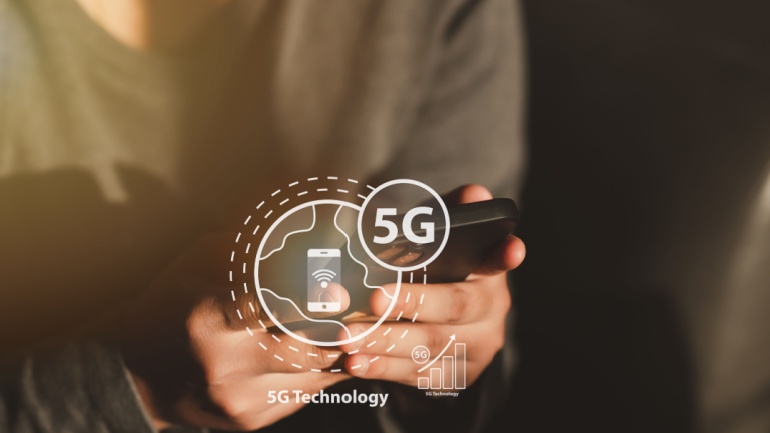Ericsson and King Abdullah University of Science & Technology (KAUST) have extended their research partnership for two more years, focusing on cutting-edge telecommunications technologies like 5G, 6G, and on-chip reflective intelligent surfaces. This collaboration promises to drive innovations and enhance the future of global connectivity, aligning with Saudi Arabia’s Vision 2030.
Nokia has been chosen to supply Norlys with its complete mobile core network and managed services. This partnership will enhance the performance and reliability of Norlys’ 4G and 5G networks in Denmark. Utilizing Red Hat OpenShift and Nokia’s Cloud Platform, the deployment promises scalable and secure infrastructure solutions for advanced voice and data services.
Vodafone recently showcased the transformative potential of 5G network slicing at the Glastonbury Festival in Somerset, U.K. Partnering with EBC, a beverage vendor, Vodafone demonstrated how network slicing enhances payment transactions by providing real-time connectivity and reducing latency.
Chinese telecom operators have successfully deployed expansive 5G networks across all cities and towns, with 90% village coverage. Utilizing 3.84 million 5G base stations, they lead globally. This vast network supports diverse industries, enhancing connectivity. As 5G technology advances, with plans to incorporate 5G-Advanced (5G-A) and AI, the future of telecommunications looks promising.
BT Group, Nokia, and Qualcomm have successfully tested 5G Standalone (SA) 5CC carrier aggregation at Adastral Park, making BT the first European operator to achieve this milestone. Utilizing Qualcomm’s Snapdragon 5G Modem-RF system and Nokia’s 5G AirScale portfolio, the tests achieved downlink speeds of 1.85 Gbps, highlighting the potential of 5G SA.
Claro has achieved a milestone in Brazil by successfully testing 5G-Advanced (5G-A) in partnership with Huawei, reaching speeds over 10 Gbps. Utilizing a commercially active 5G antenna and advanced modems, the trial signifies a leap forward in mobile internet technology.
Rogers Communications has partnered with Ericsson to test groundbreaking 5G Cloud RAN technology, marking its first deployment at a live event during a Toronto Blue Jays game. This advancement builds upon Rogers’ national 5G SA core network, enhancing technological capabilities, network reliability, and energy efficiency.
ADNOC has teamed up with e& to deploy the largest private 5G network in the energy sector, spanning 11,000 square kilometers of operations. This ambitious initiative, aimed at boosting AI, IoT solutions, and operational efficiency, is projected to generate $1.5 billion in value by 2025.
Ericsson unveils its ambitious strategy to accelerate Thailand’s digital transformation using cutting-edge 5G technology. At the heart of this initiative lies the 5G Innovation and Experience Studio, a collaboration with the Royal Thai Government. This state-of-the-art facility aims to develop and test innovative 5G applications, driving Thailand towards a vibrant digital economy.
O2 Telefónica is transforming Germany’s mobile landscape with a strategic deal to enhance 5G connectivity along motorways. By partnering with Autobahn GmbH, the mobile operator will use federally owned land to deploy new 5G sites, aiming for better coverage and improved data consumption on the move.













